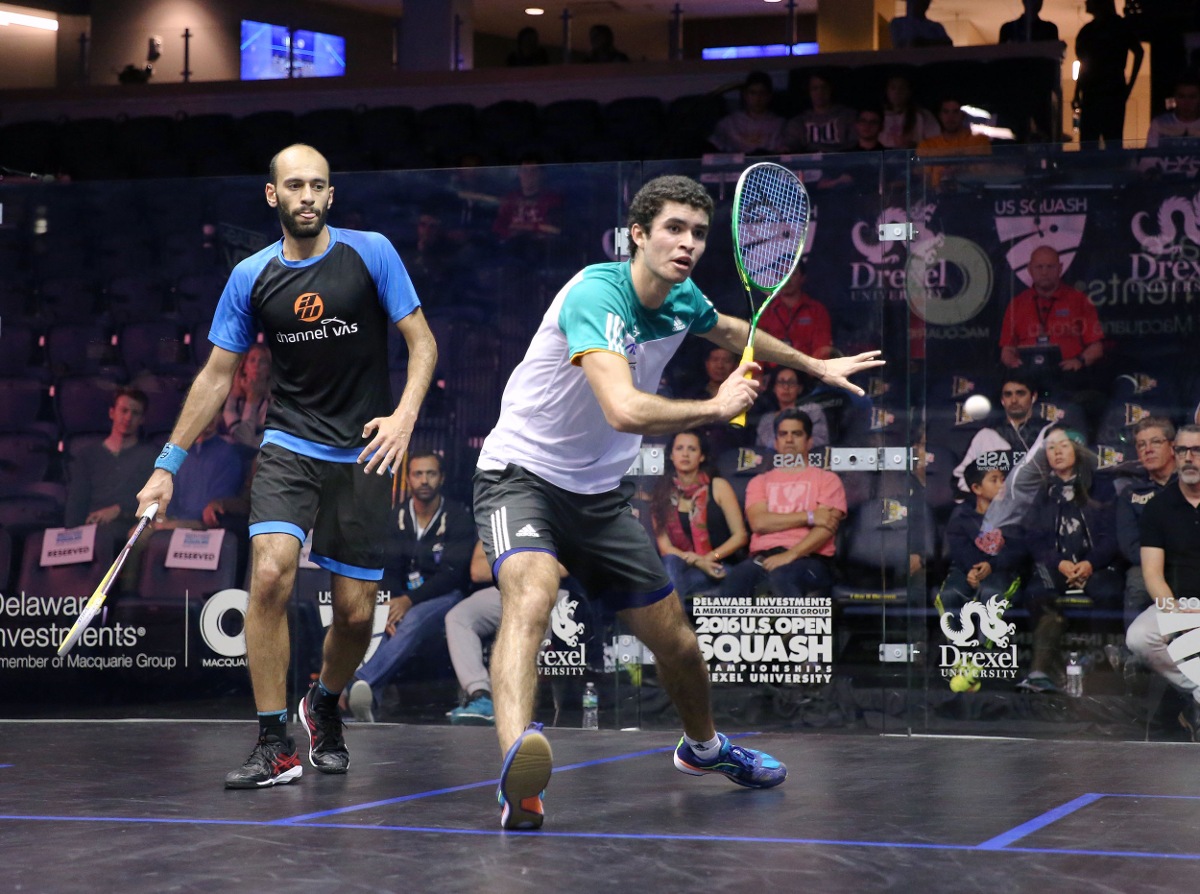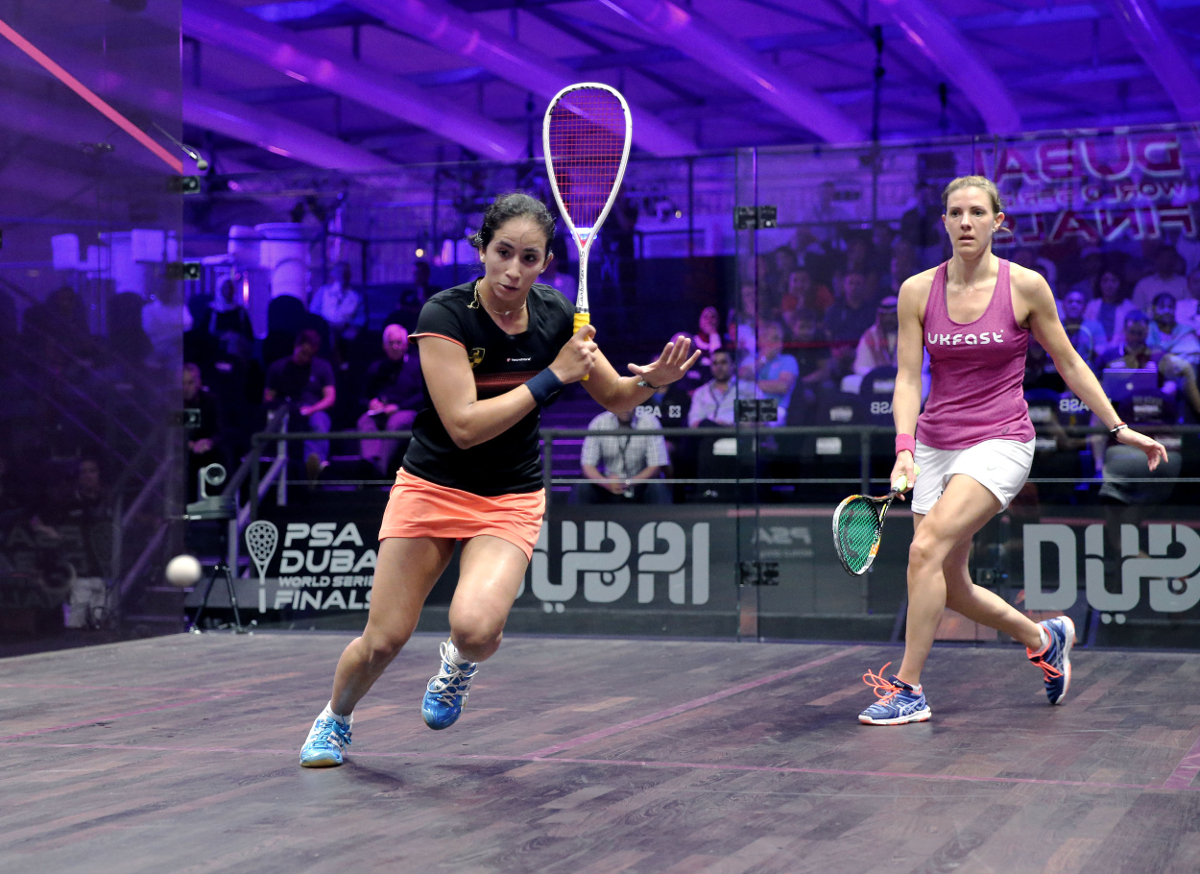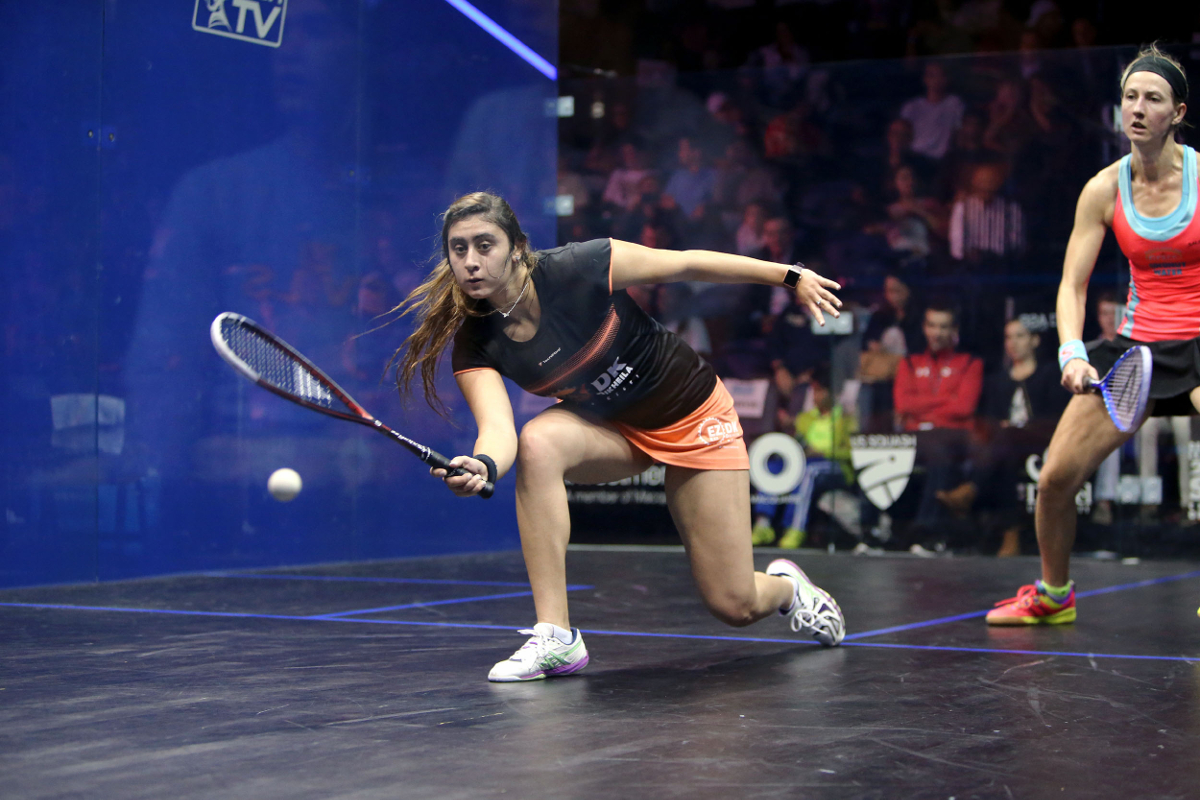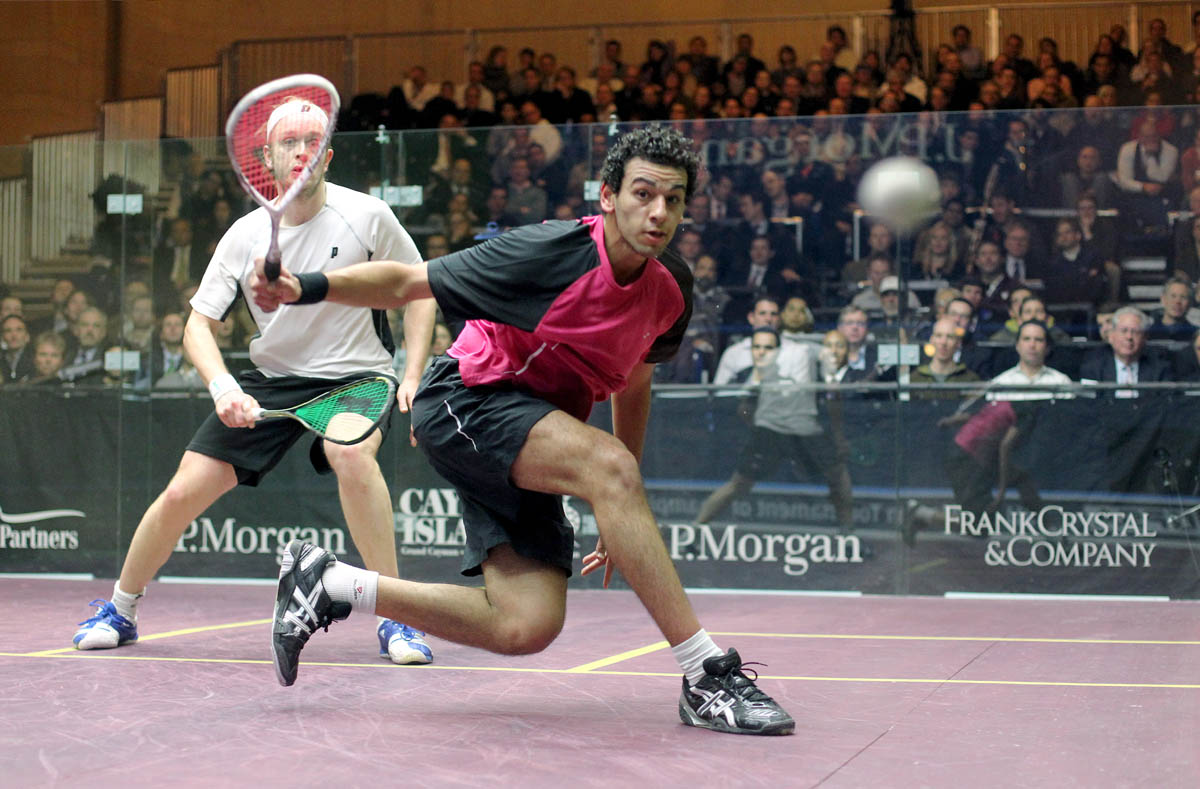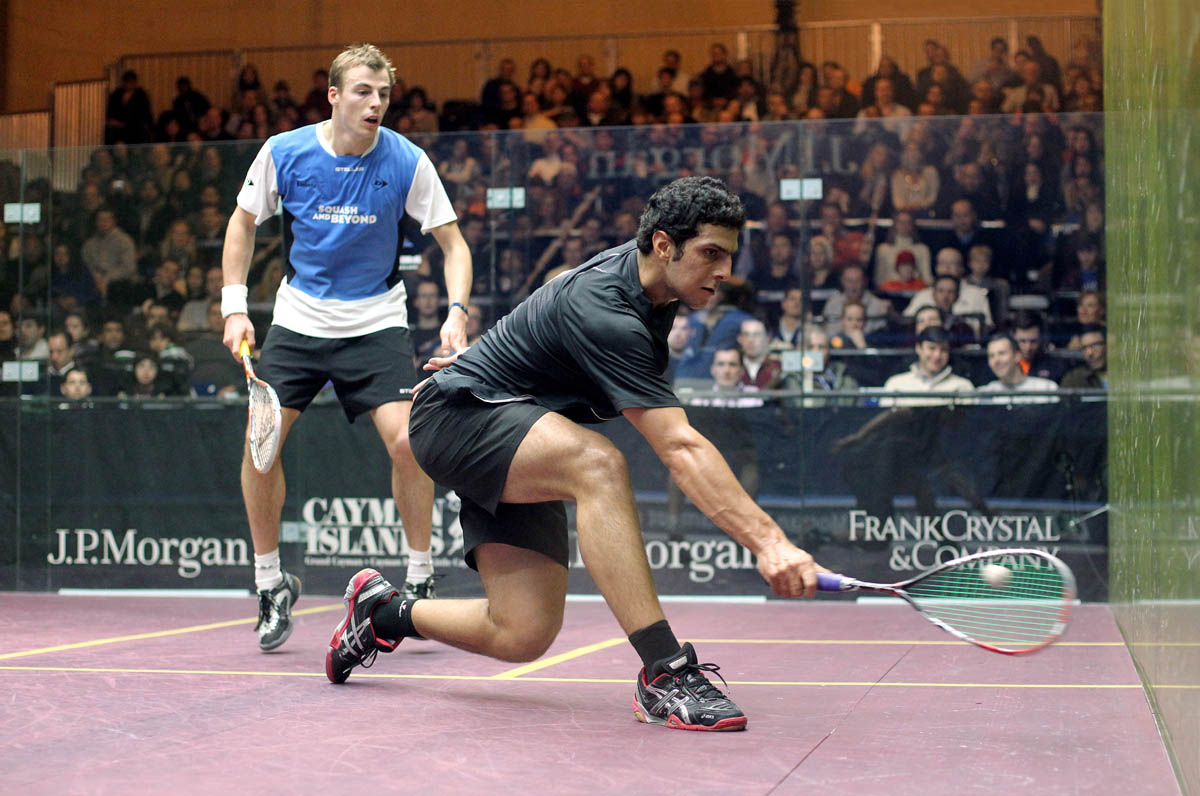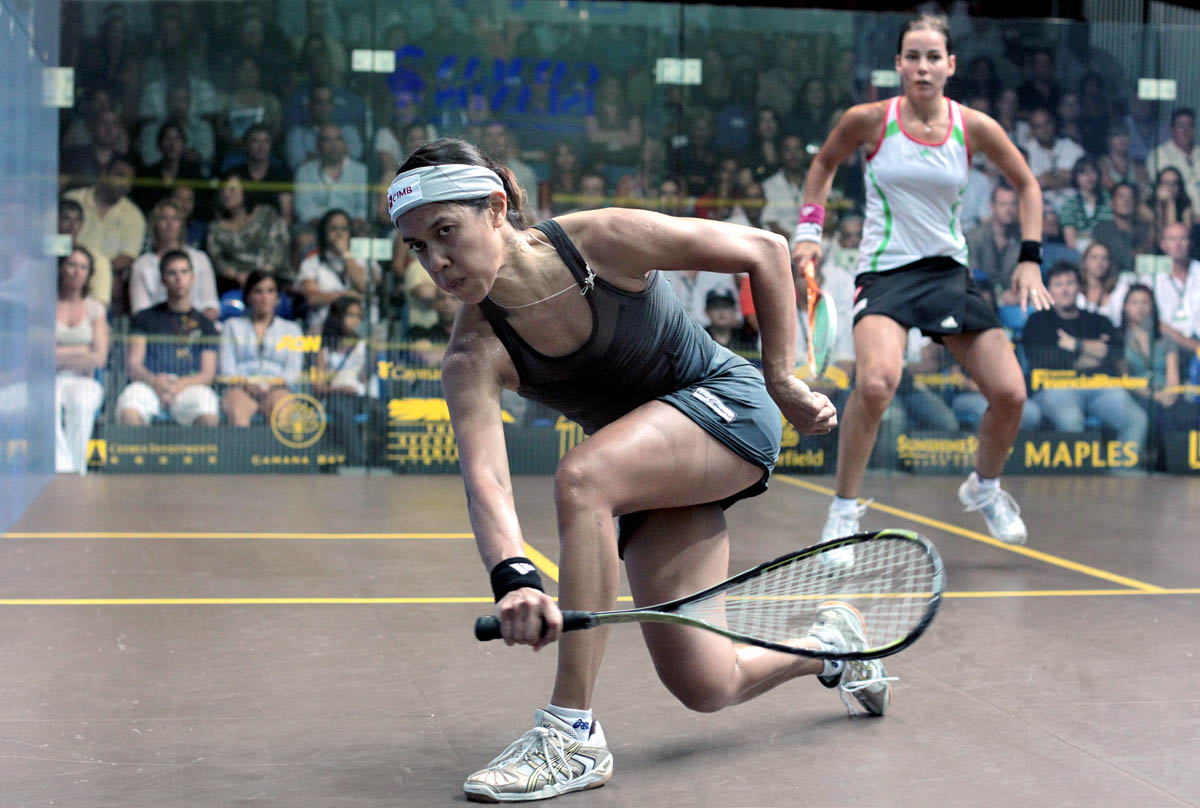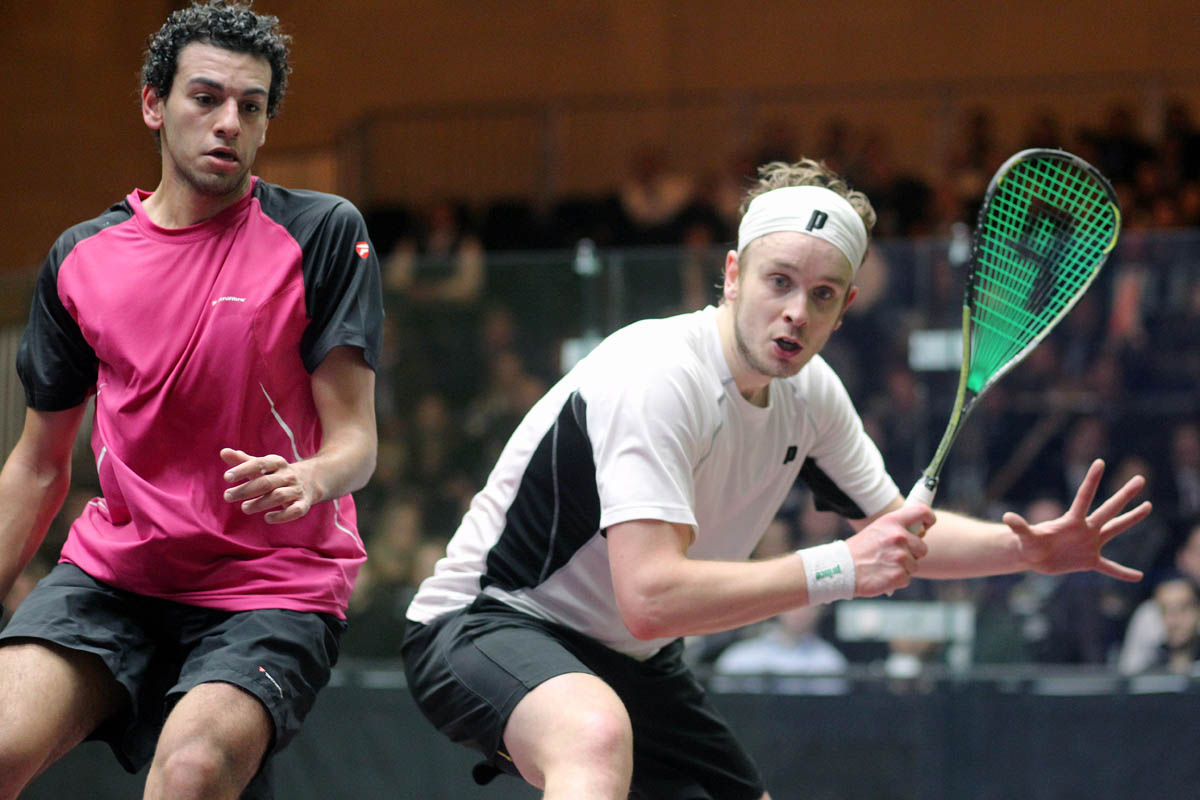One Feeder Routines - Backhand
Backhand Open Plane Swing
Introduction
As previously stated the basic backhand technique is not a singular basic technique but a basic swing which enables two other basic swings. Initially, the Backhand Open Plane Swing should be learnt using Goal Setting and Sequencing as this swing is the natural initiator of the other two swings.
When being fed the player should sequentially focus on one of the following technical segments.
The first segment (back swing) opening the face (pronation) between 30-45 degrees being the most important.
The second segment (back swing) the approximate 30-45 degree angle of the face presents at the shoulder and then at the top of the backswing, respectively.
The third segment (forward swing) lowering the arm with pronation of the wrist and forearm.
The fourth segment squaring the racquet face (supination) just before or on contact.
The fifth segment (forward swing) that after completion of the swing (follow through) that the elbow point is facing the floor and the elbow joint and armpit are approximately 90 degrees respectively.
The player can ghost (Segmented Ghosting) any segment when required. Furthermore, at the early stages the player should swing slowly while (Goal Setting and Sequencing) gradually increasing the speed.
Before starting the feeds it is important that the coach encourages the player to focus on the required segment of the swing.
The first segment (back swing) opening the face (pronation) between 30-45 degrees being the most important.
The second segment (back swing) the approximate 30-45 degree angle of the face presents at the shoulder and then at the top of the backswing, respectively.
The elbow point trying to face the floor
The third segment (forward swing) lowering the arm with pronation of the wrist and forearm
The fourth segment squaring the racquet face (supination) just before or on contact.
The fifth segment (forward swing) that after completion of the swing with the follow through that the elbow point is facing the floor and the elbow joint and armpit are approximately 90 degrees, respectively.
Backhand Open To Closed Plane Swing
Introduction
As previously stated the basic backhand technique is not a singular basic technique but a basic swing which enables two other basic swings. The Backhand Open To Closed Plane Swing is the swing which evolves from The Backhand Open Plane Swing. The start of the back swing also leads into The Backhand Open Plane Swing and The Backhand Open To Extended Plane Swing.
When being fed the player should sequentially focus on one of the following technical segments.
The first segment (back swing) opening the face (pronation) before starting to close (supination) being the most important.
The second segment (backswing) returning the racquet face to neutral by supinating the wrist and forearm.
The third segment (backswing) pausing the face at neutral before again closing the face (rocking the forearm).
The fourth segment (forward swing) starting the forward swing with pronation of the wrist and forearm.
The fifth segment squaring the racquet face (supination) just before or on contact.
The sixth segment (forward swing) that after completion of the swing (follow through) that the elbow point is facing the floor and the elbow joint and armpit are approximately 90 degrees, respectively.
The player can ghost any segment when required. Furthermore, at the early stages the player should swing slowly while gradually increasing the speed.
Before starting the feeds it is important that the coach encourages the player to focus on the required segment of the swing.
The first segment (back swing) opening the face (pronation) before starting to close (supination) being the most important.
The face opens when the player identifies the ball is on the backhand before starting to close it (rocking the arm).
The second segment (backswing) returning the racquet face to neutral by supinating the wrist and forearm.
The third segment (backswing) pausing the face at neutral before again closing the face (rocking the forearm).
The fourth segment (forward swing) with pronation of the wrist and forearm.
The fifth segment squaring the racquet face (supination) just before or on contact.
The sixth segment (forward swing) that after completion of the swing with the follow through that the elbow point is facing the floor and the elbow joint and armpit are approximately 90 degrees, respectively.
Copyright South Australia Squash Academy Michael Nash All Rights Reserved


